As the curtains draw open on the European premiere of "Elsewhere at Night" at the Torino Film Festival, the spotlight shines brightly on Camille Rutherford, the talented actress who brings to life the complex and enigmatic character at the heart of Marianne Métivier's latest cinematic masterpiece. The film, which has been making waves in the industry with its thought-provoking themes and stunning visuals, has just unveiled its international trailer, giving audiences a glimpse into a world that is both hauntingly beautiful and deeply unsettling.
Behind the scenes, the making of "Elsewhere at Night" is a testament to the power of collaboration and innovation in the film industry. Developed as part of the TorinoFilmLab, a prestigious program that supports emerging filmmakers and projects, the film has undergone a significant transformation since its initial conception. When it was first known as "The Splendour of Life," the project was still in its early stages, with a clear vision but a long way to go before it would take shape as the critically acclaimed film we see today.
For Camille Rutherford, the experience of working on "Elsewhere at Night" has been a deeply personal and transformative one. "I was drawn to the complexity and nuance of the character," she explains in an interview. "She's a woman who is struggling to find her place in the world, and I think that's something that many of us can relate to. The film is a powerful exploration of the human condition, and I feel incredibly fortunate to have been a part of it."
At the heart of "Elsewhere at Night" is a powerful exploration of the human condition, one that delves into themes of identity, belonging, and the search for meaning in a seemingly meaningless world. Through its use of stunning visuals and a haunting score, the film creates a sense of atmosphere and mood that is both captivating and unsettling. As the trailer reveals, the film is a slow-burning burn of tension and suspense, one that builds to a devastating climax that will leave audiences breathless.
But "Elsewhere at Night" is more than just a film – it's a reflection of the changing landscape of the film industry itself. With the rise of AI-generated content and the increasing use of data-driven storytelling, the way we create and consume film is undergoing a significant transformation. For Marianne Métivier, the director of "Elsewhere at Night," the use of AI in filmmaking is both a blessing and a curse. "On the one hand, it's an incredible tool that allows us to explore new ideas and push the boundaries of what's possible," she explains. "On the other hand, it's a reminder that the industry is changing rapidly, and we need to adapt quickly to stay ahead of the curve."
As the film industry continues to evolve and change, one thing is clear: the future of storytelling is going to be shaped by technology. From AI-generated content to virtual reality experiences, the possibilities are endless, and the implications are profound. As Camille Rutherford notes, "The use of AI in filmmaking is going to change the way we tell stories, and I think that's both exciting and terrifying. But ultimately, it's up to us as artists to use this technology in a way that enhances the human experience, rather than replacing it."
As "Elsewhere at Night" takes its place on the world stage, it's clear that this film is more than just a work of art – it's a reflection of our times, a commentary on the world we live in, and a testament to the power of human creativity. With its thought-provoking themes, stunning visuals, and haunting score, it's a film that will leave audiences talking long after the credits roll. And as we look to the future, one thing is clear: the art of storytelling is about to get a whole lot more interesting.
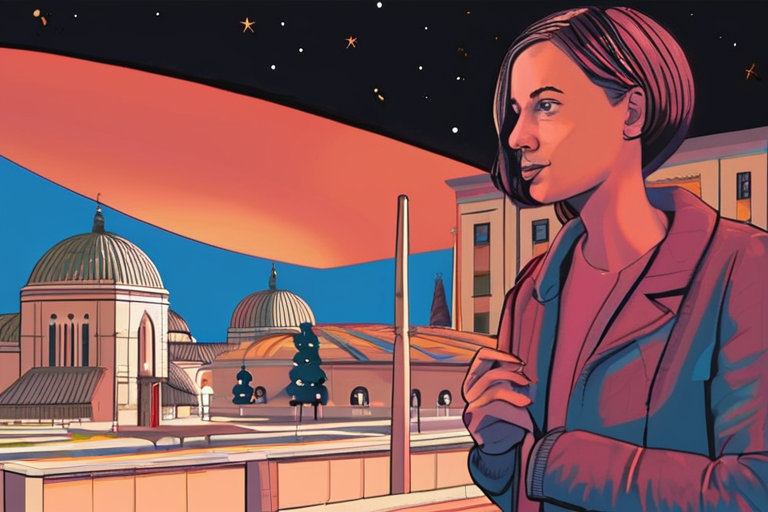



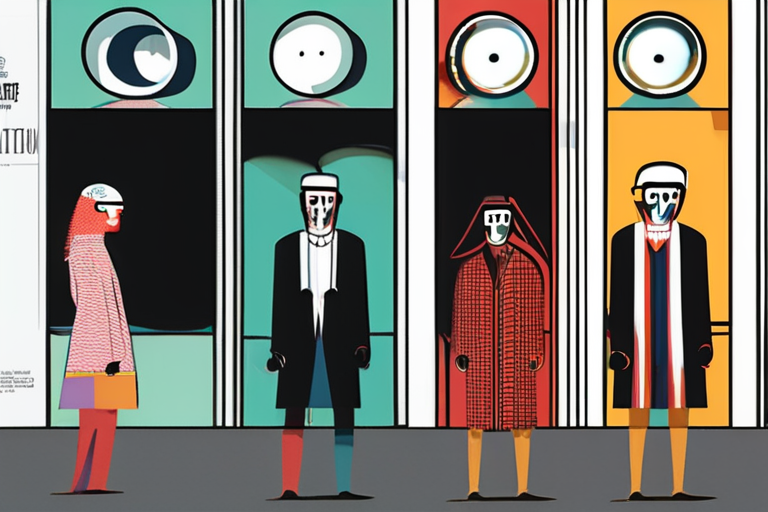
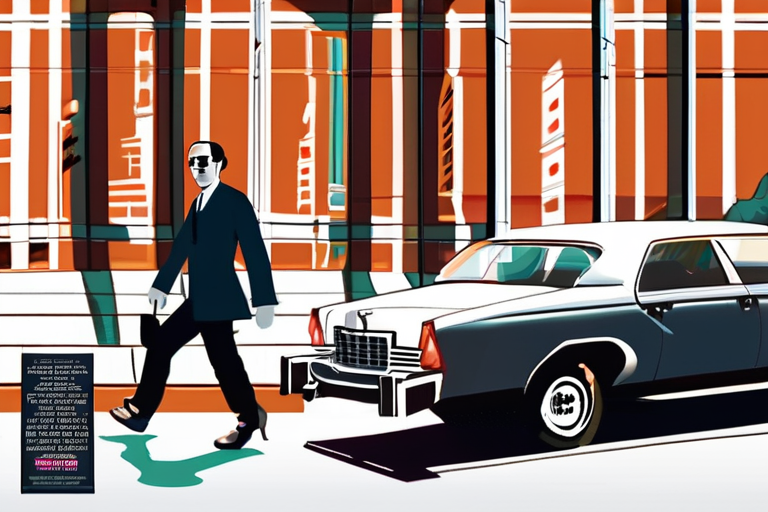
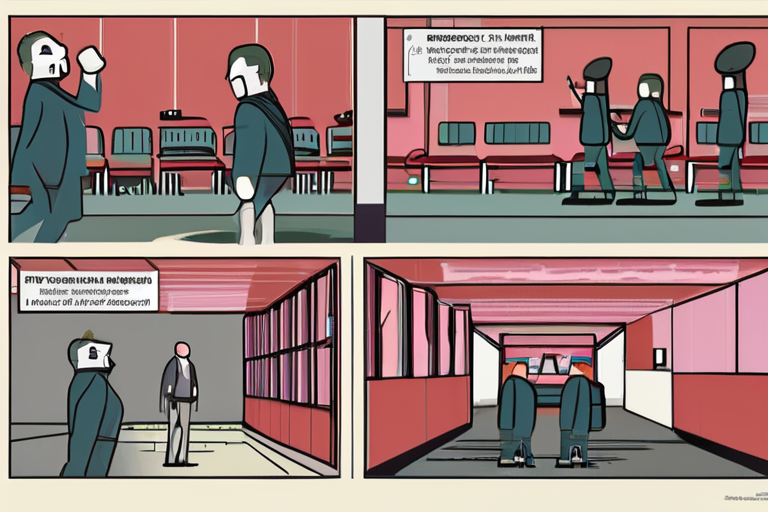

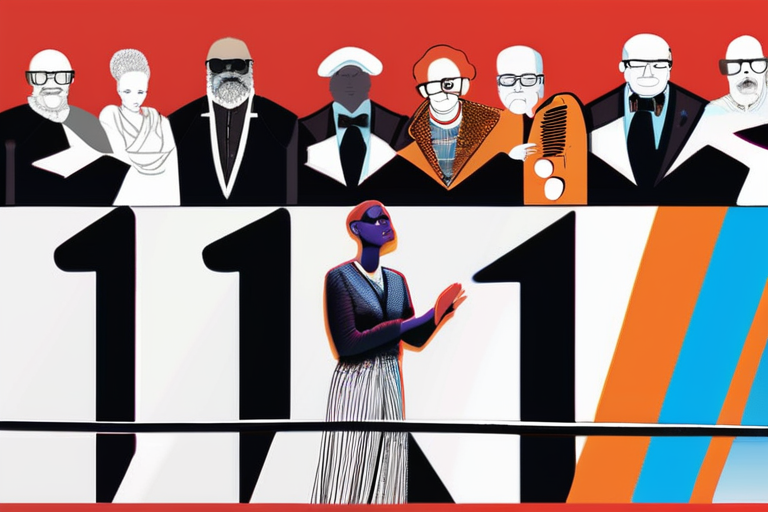
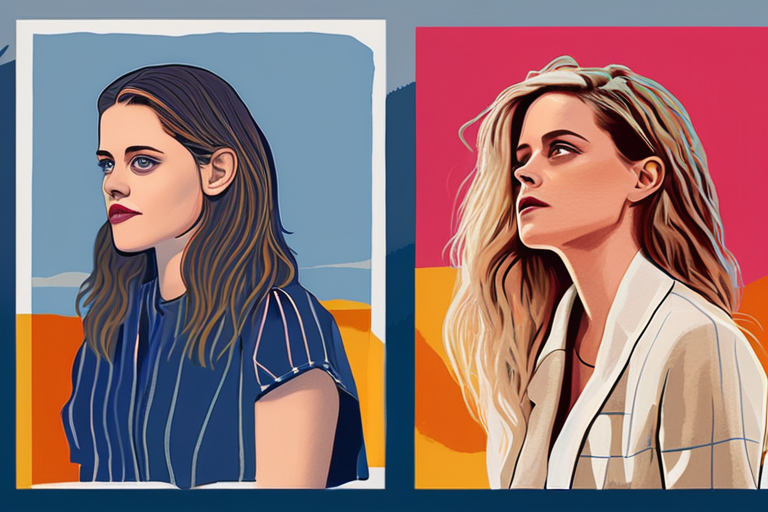
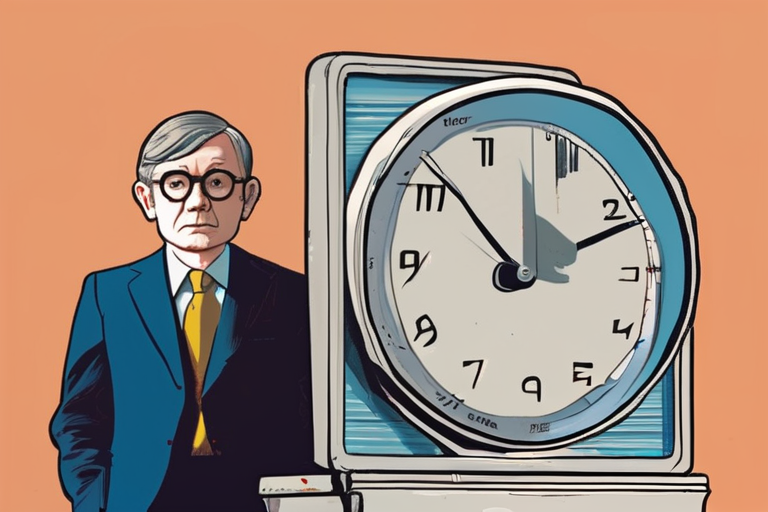
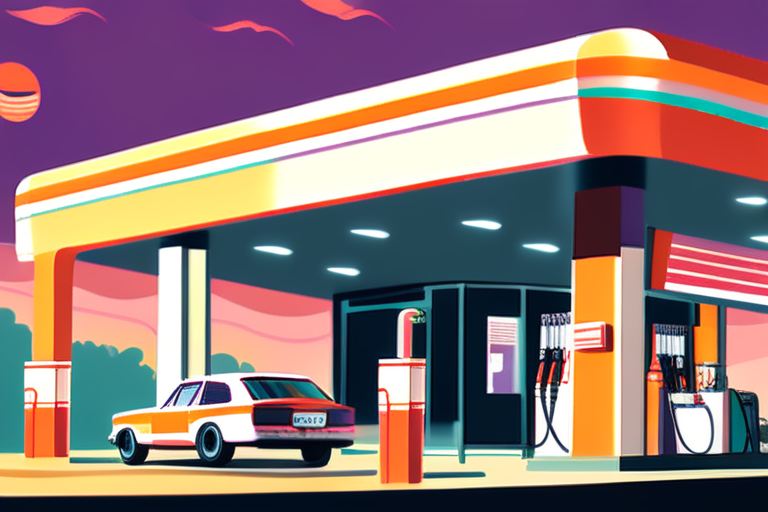



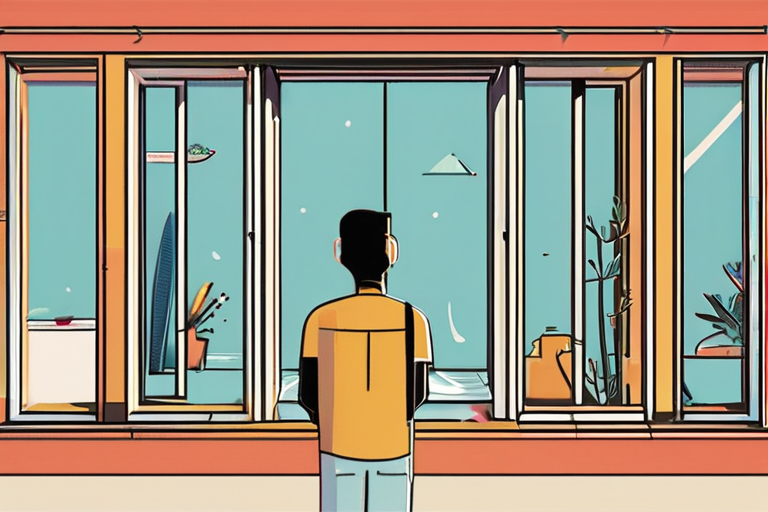

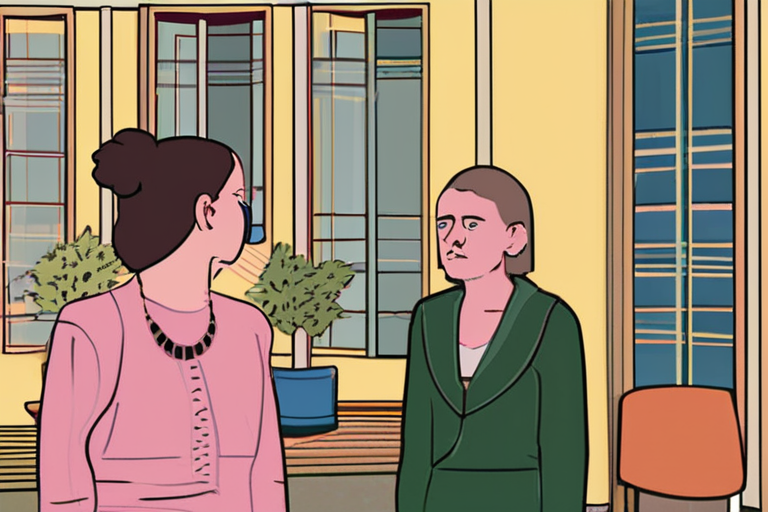
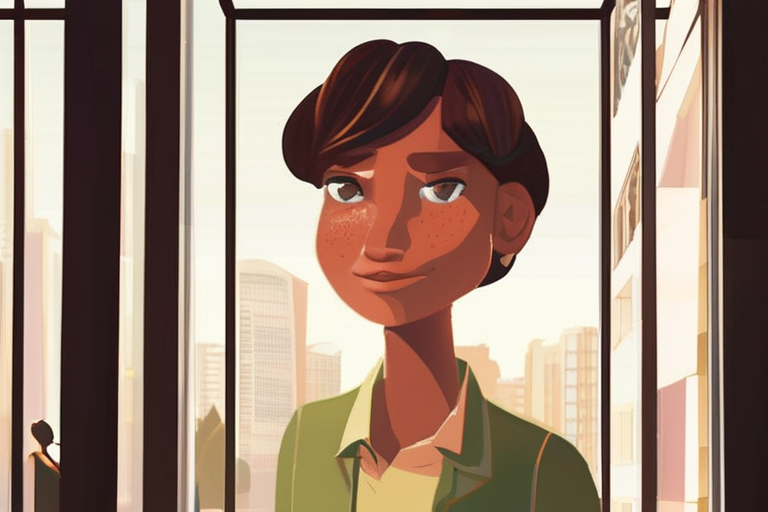

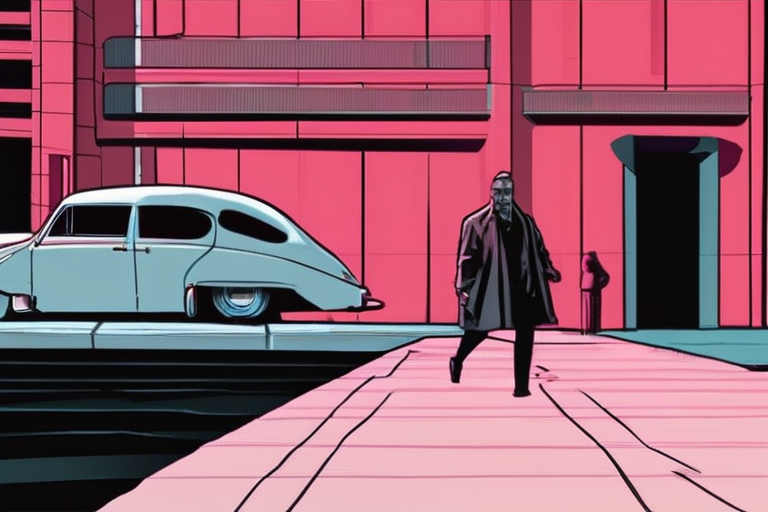
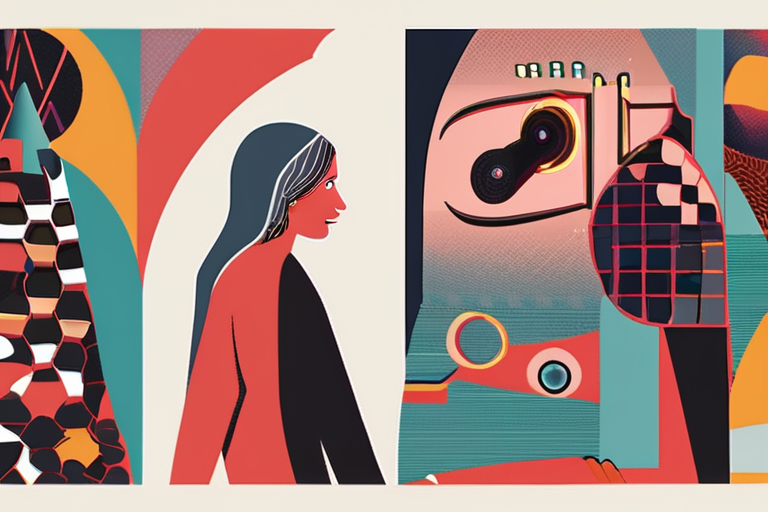
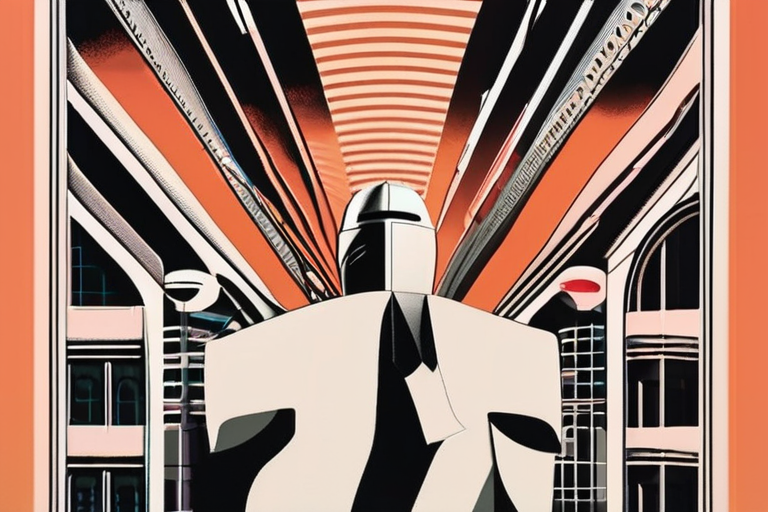
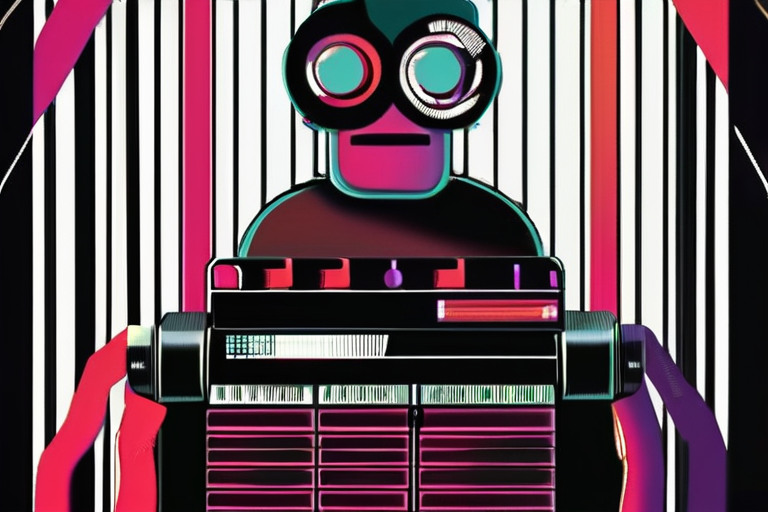
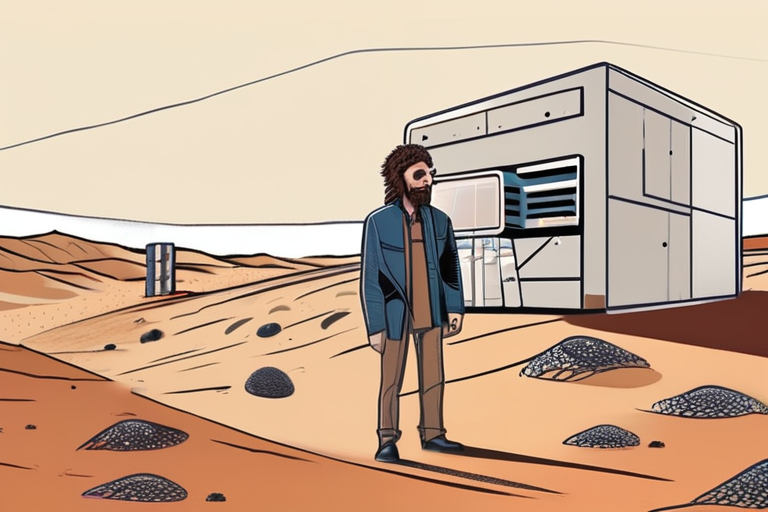
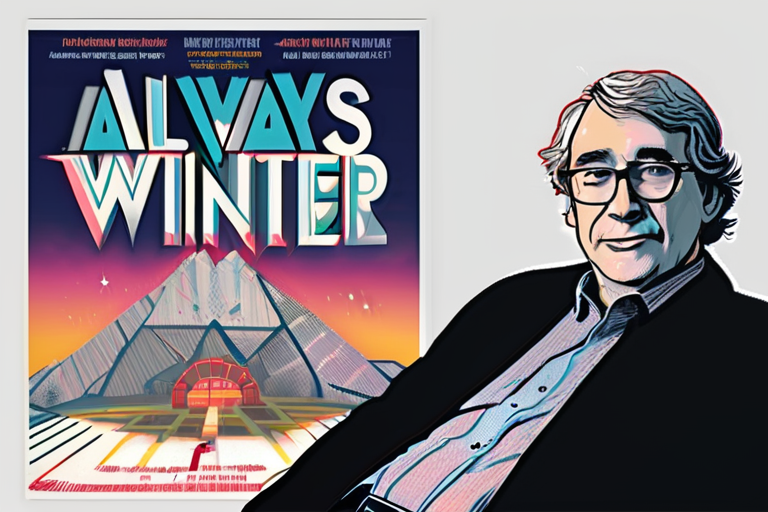
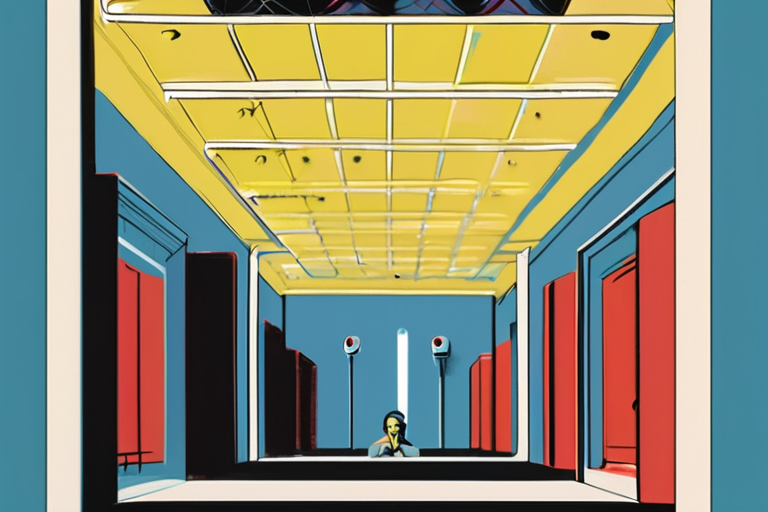
Share & Engage Share
Share this article